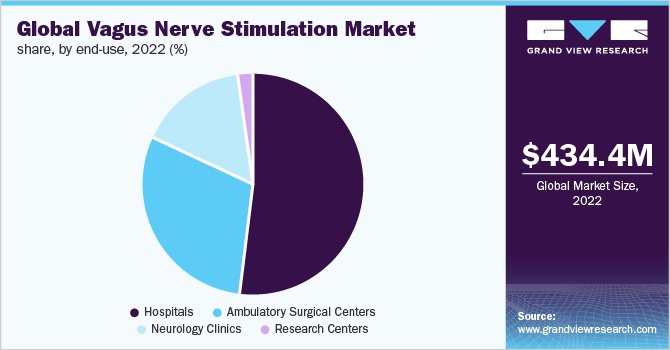Vagus Nerve Stimulators Pipeline Product Market
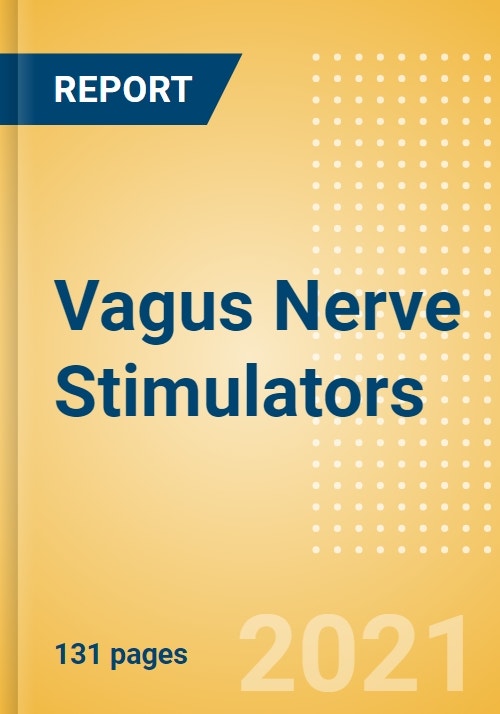
The global burden of neurological and psychiatric disorders is staggering, impacting millions and driving relentless innovation in therapeutic interventions. Among the most promising areas of research is the development and refinement of vagus nerve stimulation (VNS) therapies. This burgeoning field is witnessing a surge in pipeline products, each vying to address unmet clinical needs across a spectrum of conditions, sparking both excitement and cautious optimism within the medical community and investment circles alike.
This article delves into the rapidly evolving landscape of the VNS pipeline product market. It dissects the key players, analyzes the mechanisms of action behind emerging technologies, explores the targeted disease states, and assesses the market potential and challenges associated with bringing these innovative therapies to fruition. We will explore the diverse approaches being taken, from non-invasive devices to advanced implantable systems, examining the clinical data supporting their efficacy and safety profiles, offering a comprehensive overview of this dynamic and increasingly important area of medical innovation.
The Science Behind the Stimulus: Vagus Nerve Stimulation Explained
The vagus nerve, the longest cranial nerve in the body, serves as a critical communication pathway between the brain and major organs, including the heart, lungs, and gut. VNS leverages this pathway to modulate brain activity and influence physiological processes, potentially offering therapeutic benefits for a range of disorders. The underlying mechanisms are complex and still under investigation, but they are believed to involve the release of neurotransmitters, modulation of inflammation, and alterations in neuronal excitability.
The traditional approach involves implanting a device that delivers electrical pulses to the vagus nerve in the neck. However, newer non-invasive techniques are gaining traction, delivering stimulation through the skin or the ear. These non-invasive methods offer potentially fewer side effects and increased accessibility.
Pipeline Products: A Diverse Landscape
The VNS pipeline is populated with a variety of products, each with its own unique characteristics and target indications. These can be broadly categorized into implantable devices and non-invasive devices. Many are in early stages of clinical trials, but some are nearing market approval.
Implantable VNS Devices
Traditional implantable VNS devices have been used for years in the treatment of epilepsy and depression. Several companies are now developing next-generation implantable devices with enhanced features, such as closed-loop stimulation and personalized programming. These advancements aim to optimize therapeutic outcomes and minimize side effects.
Companies like LivaNova, a major player in the VNS market, are continuously refining their existing implantable VNS technology. Other smaller companies are focused on developing novel implantable devices with more targeted stimulation parameters.
Non-Invasive VNS (nVNS) Devices
Non-invasive VNS (nVNS) represents a significant advancement, offering a less invasive alternative to traditional implantable devices. These devices typically deliver stimulation through the skin on the neck or through the ear canal. They have gained popularity due to their ease of use and reduced risk of complications.
One prominent example is gammaCore from electroCore, a handheld nVNS device approved for the treatment of migraine and cluster headache. Several other companies are developing similar devices for various indications, including anxiety, depression, and post-traumatic stress disorder (PTSD).
Targeted Disease States: Expanding the Scope of VNS
The potential applications of VNS are vast and continue to expand as research progresses. While epilepsy and depression remain key target areas, the VNS pipeline is increasingly focused on addressing a broader range of conditions.
Beyond neurological and psychiatric disorders, researchers are exploring the potential of VNS in areas such as inflammatory bowel disease (IBD), heart failure, and even obesity. The rationale behind these applications lies in the vagus nerve's role in regulating inflammation, autonomic function, and metabolic processes.
Neurological Disorders
Epilepsy remains a primary focus for VNS therapy. The devices help to reduce the frequency and severity of seizures in patients who are not adequately controlled by medication.
In addition to epilepsy, VNS is being investigated for the treatment of other neurological conditions such as stroke rehabilitation and Alzheimer's disease. Early studies have shown promising results, but larger, well-controlled trials are needed to confirm these findings.
Psychiatric Disorders
Treatment-resistant depression is another established indication for VNS. It's also being actively researched for conditions like anxiety disorders and PTSD.
The potential of VNS to modulate mood and emotional regulation is attracting significant attention. With the increasing prevalence of mental health disorders, the demand for effective and well-tolerated therapies is high.
Other Emerging Applications
The application of VNS to inflammatory conditions, such as IBD, is an area of growing interest. The vagus nerve plays a crucial role in regulating the inflammatory response, and VNS may help to reduce inflammation in the gut.
Researchers are also exploring the use of VNS to improve cardiovascular function in patients with heart failure and to promote weight loss in individuals with obesity. These applications are still in the early stages of development, but the preliminary data are encouraging.
Market Dynamics and Challenges
The VNS market is poised for significant growth in the coming years, driven by the increasing prevalence of target diseases and the development of innovative pipeline products. However, several challenges remain.
These include the high cost of VNS therapy, the need for more robust clinical data, and the potential for side effects. Furthermore, reimbursement policies and regulatory hurdles can impact market access and adoption.
One of the key factors influencing market growth will be the ability of companies to demonstrate the cost-effectiveness of VNS therapy. This will require conducting rigorous economic evaluations and demonstrating the long-term benefits of VNS in terms of reduced healthcare utilization and improved quality of life. Another potential factor is overcoming physician inertia and the general challenges associated with the adoption of new and expensive medical devices.
The Future of VNS: A Glimpse Ahead
The VNS pipeline product market holds immense promise for transforming the treatment of a wide range of disorders. As research continues and new technologies emerge, VNS is expected to become an increasingly important therapeutic modality.
The development of more personalized and targeted VNS therapies is a key area of focus. Future devices may incorporate advanced sensing capabilities to monitor brain activity and physiological parameters, allowing for real-time adjustments to stimulation parameters.
Ultimately, the success of the VNS pipeline will depend on the ability of researchers and companies to overcome the existing challenges and deliver safe, effective, and cost-effective therapies to patients in need. The potential benefits are significant, and the future of VNS looks bright.
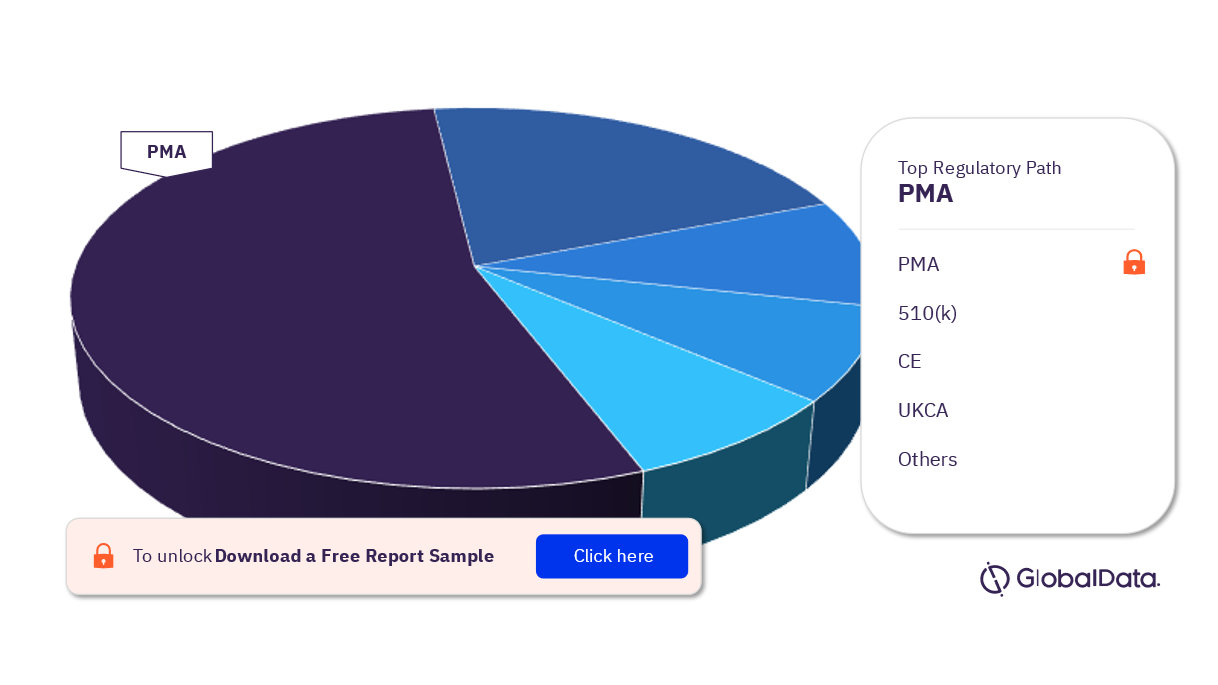
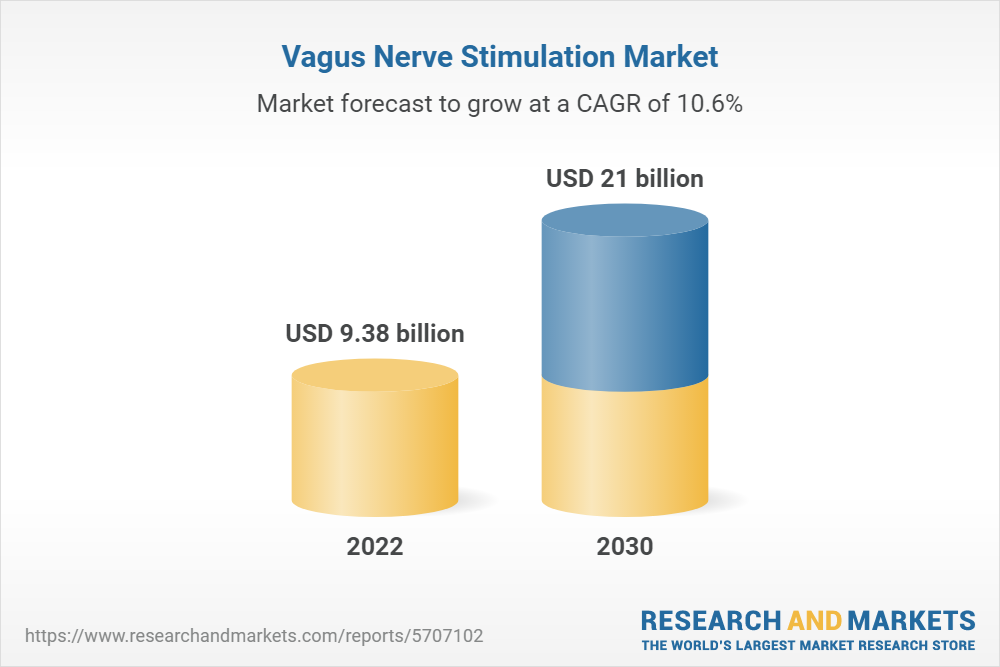
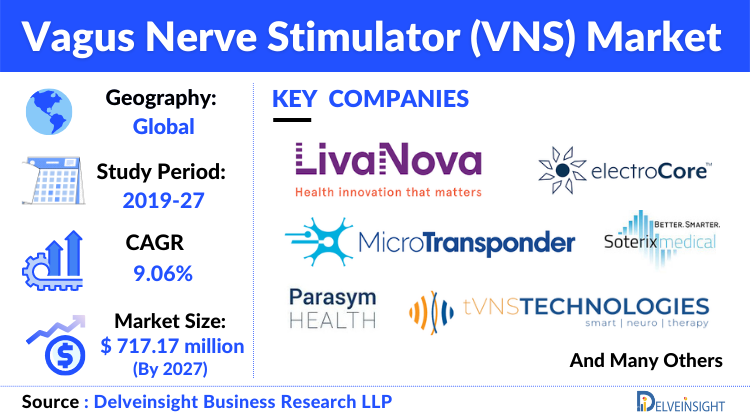

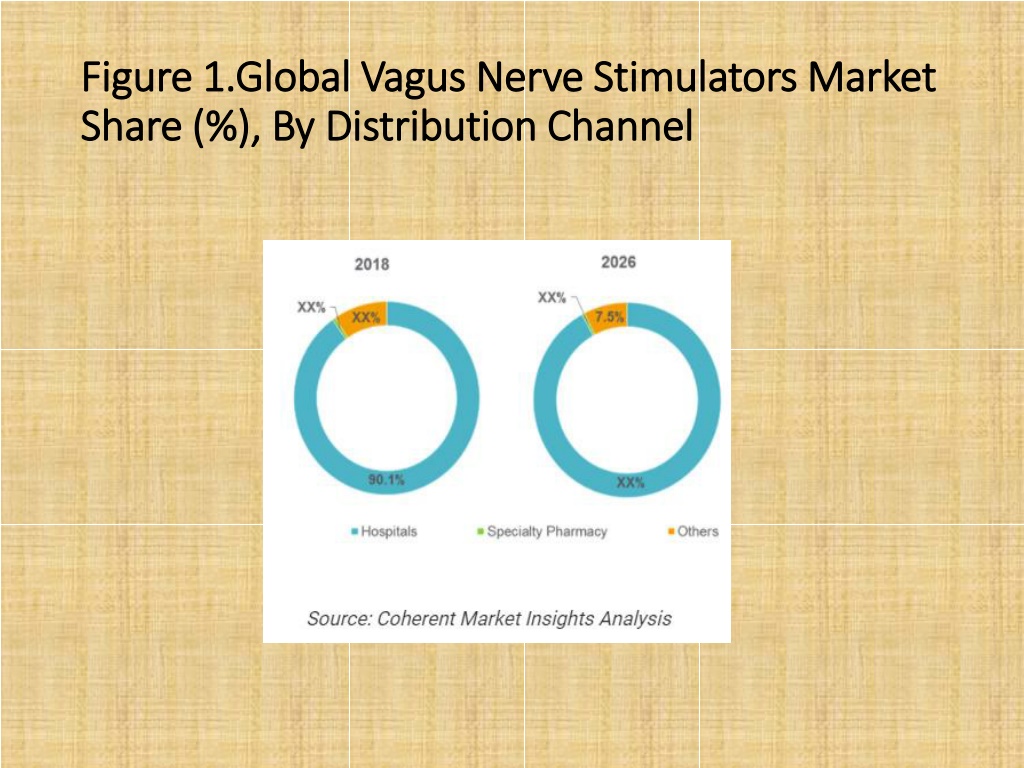



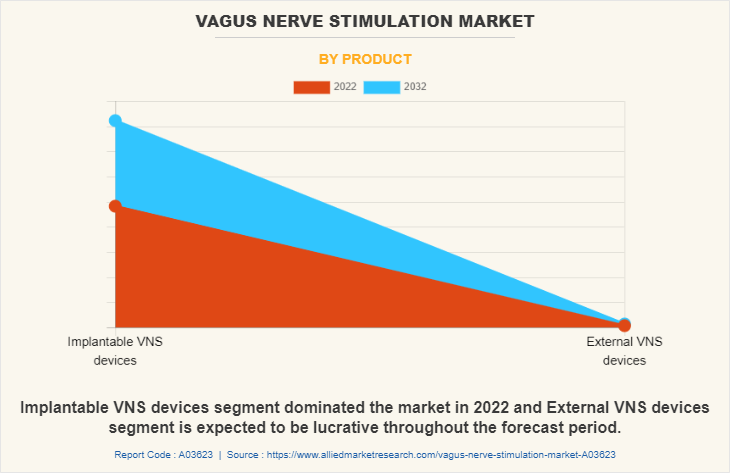




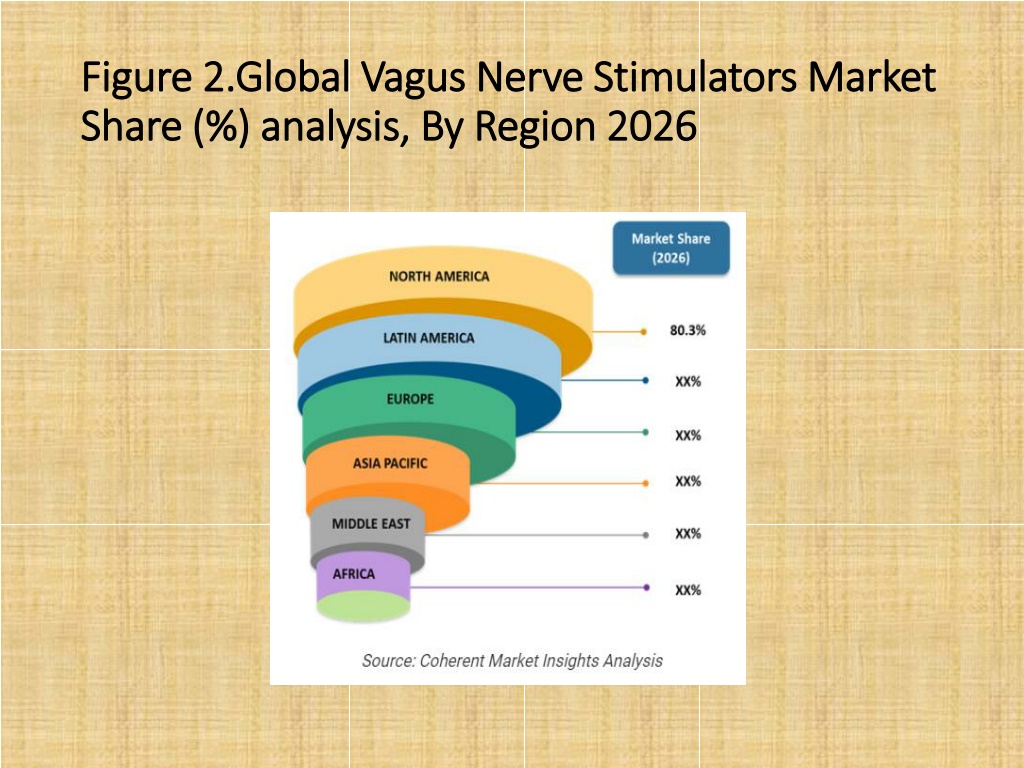
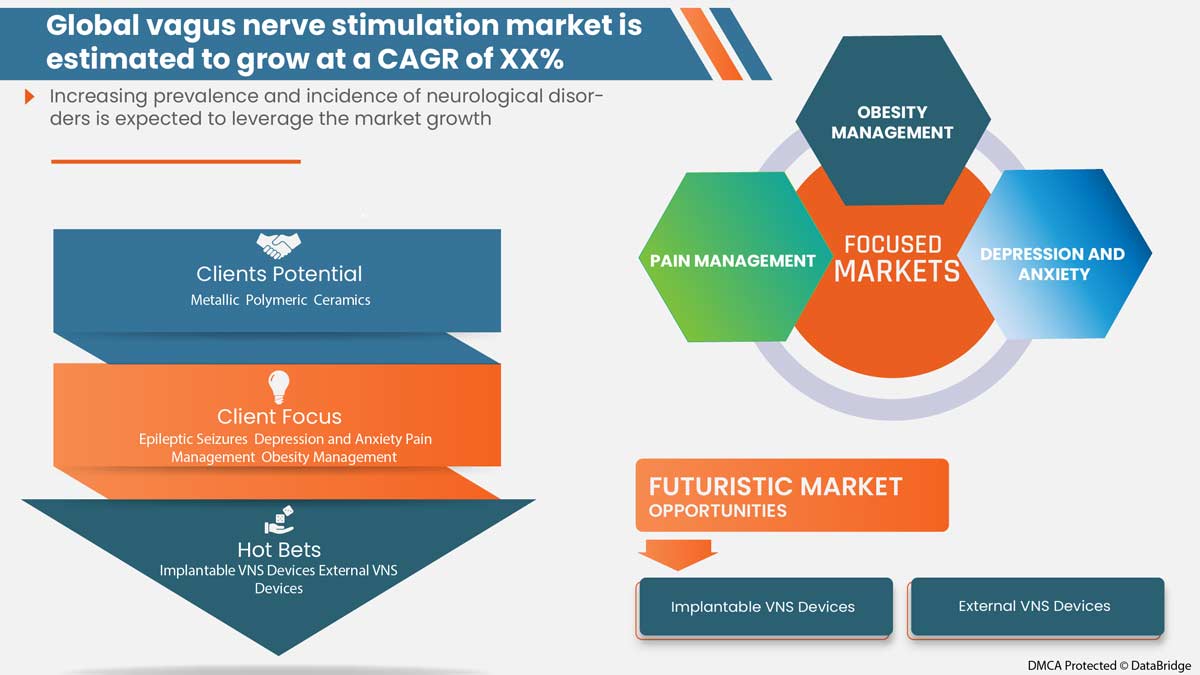

.png)
